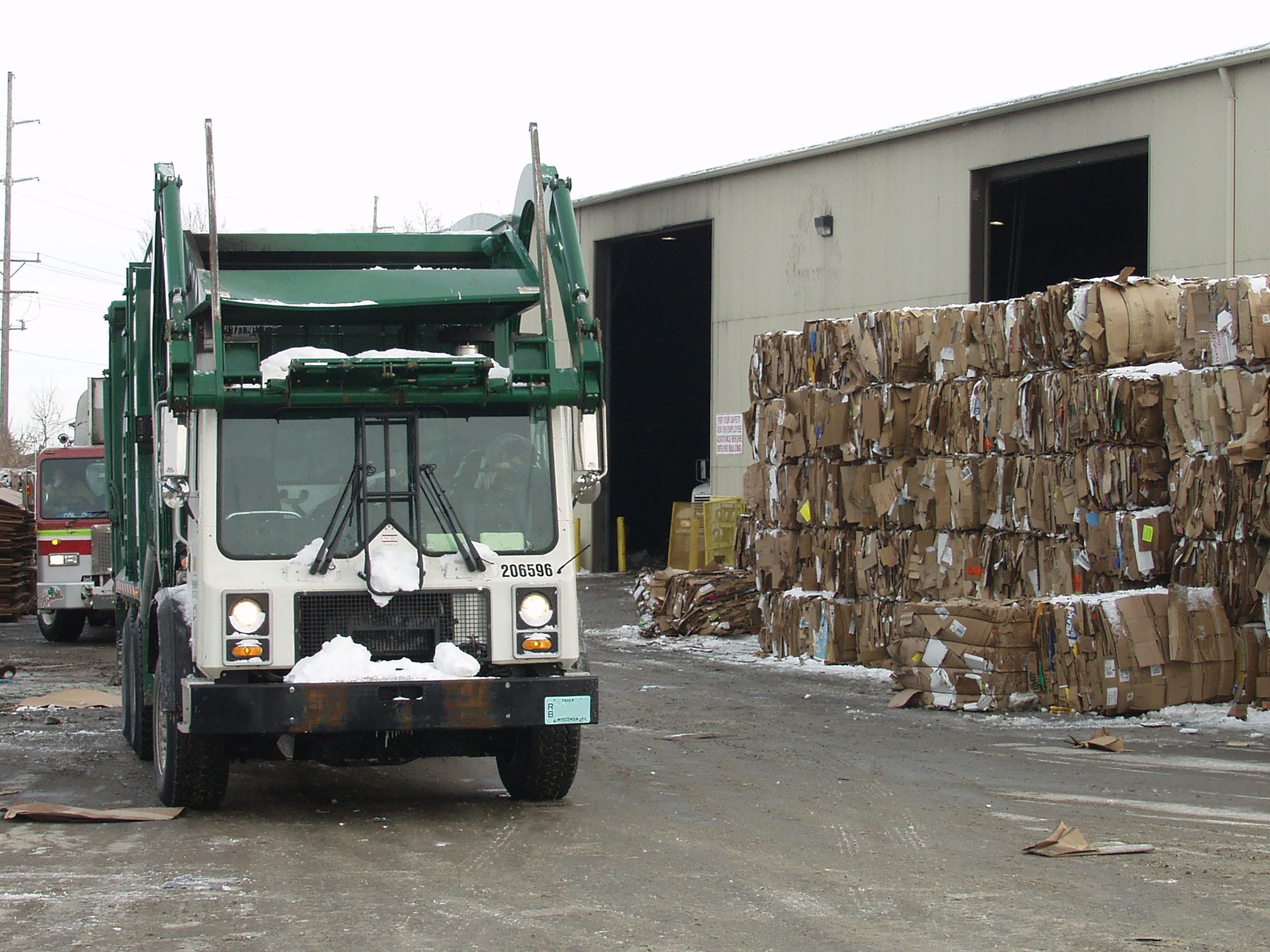EPA’s DSW rule

- To be legitimately recycled, the material must meet three factors.
- Under the DSW rule, generators and recycling facilities must meet emergency response and preparedness requirements.
Many of the Environmental Protection Agency’s (EPA’s) exclusions provide an incentive to recycle certain materials. EPA’s January 2015 final rule amending the 2008 Definition of Solid Waste (DSW) rule clarified the processes and activities that qualify as legitimate recycling activities. These include:
- Exclusions such as the scrap metal exclusion, which allow generators to sell or recycle certain potentially hazardous materials for legitimate uses.
- In-process recycling and recycling of commodity-grade recycled products. In-process recycling involves returning hazardous secondary materials to their original production process.
- Recycling under the control of the generator, including onsite recycling, both within the same company and through tolling agreements.
- Targeted remanufacturing for some higher-value spent solvents that are converted into commercial-grade products.
In May 2018, as ordered by the Court of Appeals for the District of Columbia Circuit, EPA issued a final rule revising its 2015 DSW rule. The 2015 rule required facilities that received recyclable waste to apply for a variance from their state or federal EPA in order to operate.
In its new final rule, EPA will use the 2008 transfer-based exclusion for recyclers. This exclusion calls for receiving facilities to notify EPA of their recycling activities and does not require a variance.
EPA also reconsidered the four factors it had listed in the 2015 rule that qualified an activity as legitimate recycling. The agency kept the first three factors but now says the fourth factor should be considered but is not obligatory.
To be legitimately recycled, the material must meet the following three factors listed in the regulations at 40 CFR 260.43:
- The material must provide a useful contribution to the recycling process or to a product.
- The recycling process must produce a valuable product or intermediate.
- The generator and the recycler must manage the material as a valuable commodity.
The fourth factor, which must be considered in making a determination on the overall integrity of a recycling activity, is that the product of the recycling process does not:
- Contain significant concentrations of any hazardous constituents, or
- Have a hazardous characteristic that similar products do not have.
EPA says that when deciding if a material is legitimately recycled, a facility must evaluate all the factors and consider legitimacy as a whole. If, after careful evaluation of these considerations, the factor in this paragraph is not met, then this fact may be an indication that the material is not legitimately recycled. However, the factor in this paragraph does not have to be met for the recycling to be considered legitimate. In evaluating the extent to which this factor is met and in determining whether a process that does not meet this factor is still legitimate, persons can consider exposure from toxics in the product, the bioavailability of the toxics in the product and other relevant considerations.
Under the DSW rule, both generators and recycling facilities must meet emergency response and preparedness requirements. These requirements are similar to those already in place for large quantity hazardous waste generators; namely, they must make arrangements with local emergency response officials (i.e., local fire departments and hospitals) with facility-specific information to enable a targeted response to a hazardous materials emergency and reduce risk to the surrounding community.
